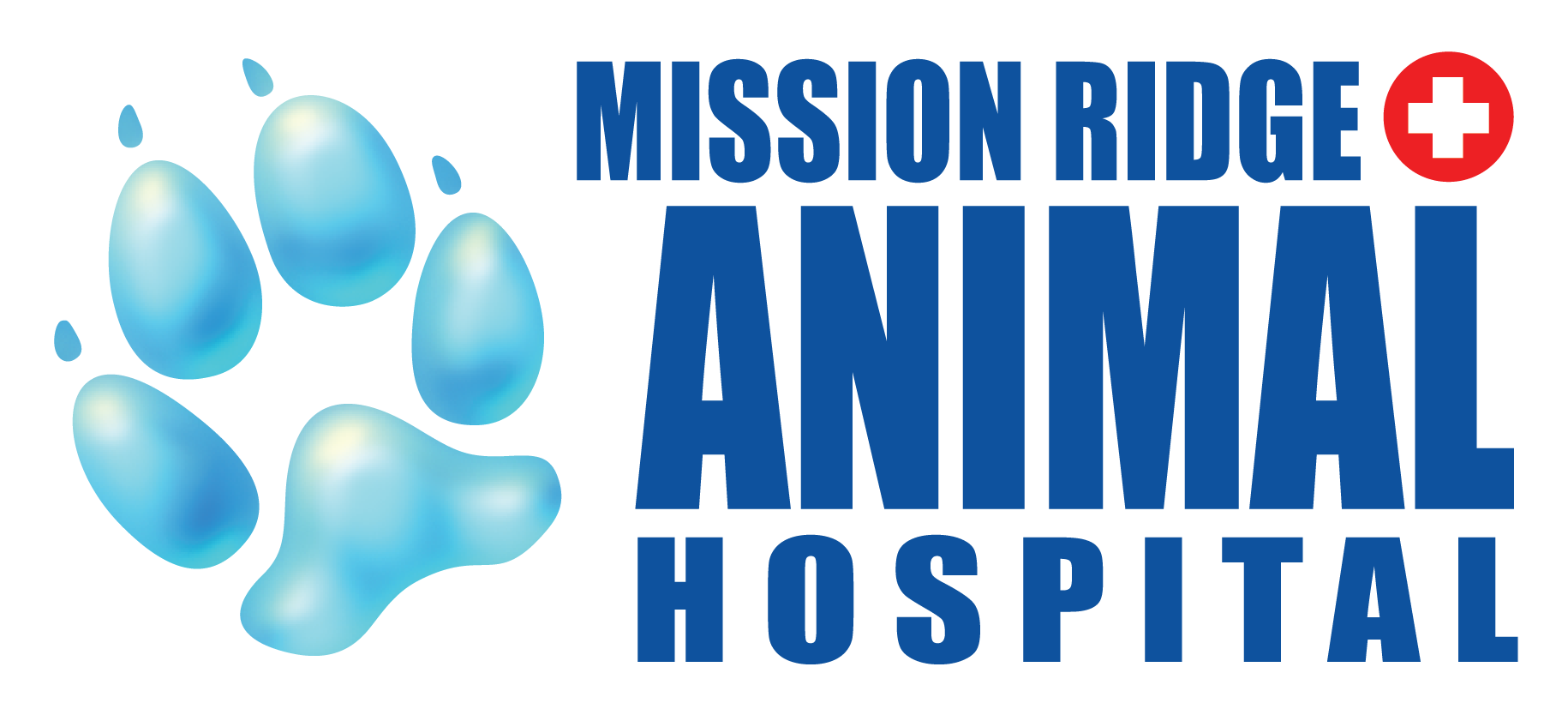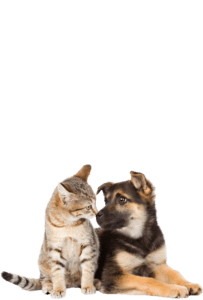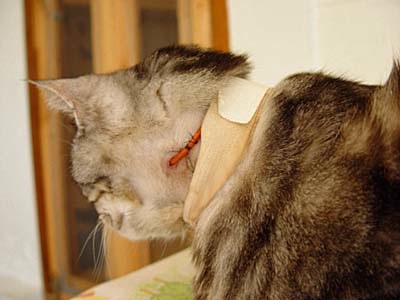It is a known fact that good nutrition and adequate hydration are critical to maintaining good health. When pets are ill, the caloric demands are increased; ironically, that’s the time when many cats are unwilling or unable to eat.
Cats are especially sensitive to a lack in caloric intake, and can very quickly develop a condition called “hepatic lipidosis”, or fatty-liver. With this condition, fat infiltrates the liver and interferes with its normal function, thus perpetuating the downward spiral of anorexia. Fatty liver disease can develop after only 3 days of not eating!! If your cat goes off food, and you have tried various different types of food (canned, kibble, treats), book a physical exam with your veterinarian ASAP!
In any anorexic cat, blood work will be recommended, to determine if there is an obvious underlying cause. Appetite stimulants may also be prescribed, in addition to proving a buffet of tempting foods for your feline. Unfortunately, the stimulants don’t always produce the desired result.
Assisted feeding using a syringe is usually the next step. There are several challenges with “syringe feeding” a cat:
- It is incredibly stressful to both the cat, and the person attempting to feed.
- It is very time consuming, as only small volumes can be given at a time.
- Most importantly, it is virtually impossible to meet the caloric and hydration needs by this method. Especially in a time of illness.
This is where esophageal feeding tubes come into play (also known as pharyngostomy tubes). They are fairly easily placed, requiring a short period of general anesthesia. Because of the anesthetic requirement, it is better to place a feeding tube earlier in the course of anorexia, before the patient becomes more debilitated. The left side of the neck is clipped and surgically prepared. A tube is then placed into the esophagus (the tube that connects the mouth to the stomach), with a portion remaining visible outside of the neck. Sutures hold the tube in place, and a light bandage is usually placed around the cats neck.
The feeding tubes are very well tolerated; in fact, most cats don’t even notice them at all! If anything, I’ve found that it’s the owners that need to wrap their head around the visual of a tube entering through their cats neck! The feeding tubes are very easy to maintain, and once owners get the hang of it, an invaluable tool in providing complete food, water and medication requirements.
We have had many success stories at our clinic, of cats that have needed feeding tubes placed. These tubes were maintained for weeks to months, until the individual cats started to eat on their own. The tubes were then easily pulled in an exam room, without any sedation requirement
When used for appropriate situations, FEEDING TUBES SAVE LIVES!!!!
[gallery_bank type=”images” format=”masonry” title=”false” desc=”false” responsive=”true” special_effect=”” animation_effect=”” album_title=”true” album_id=”2″]



